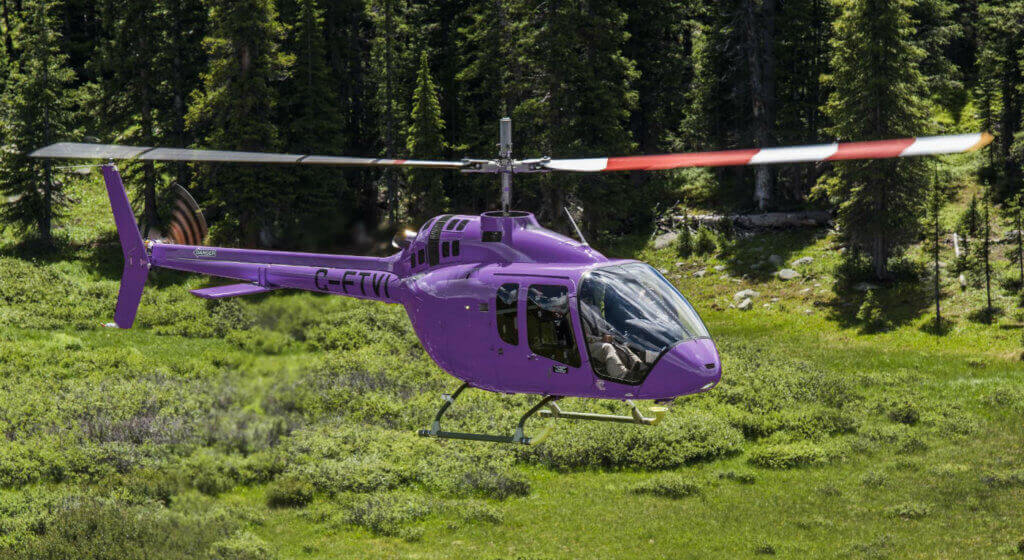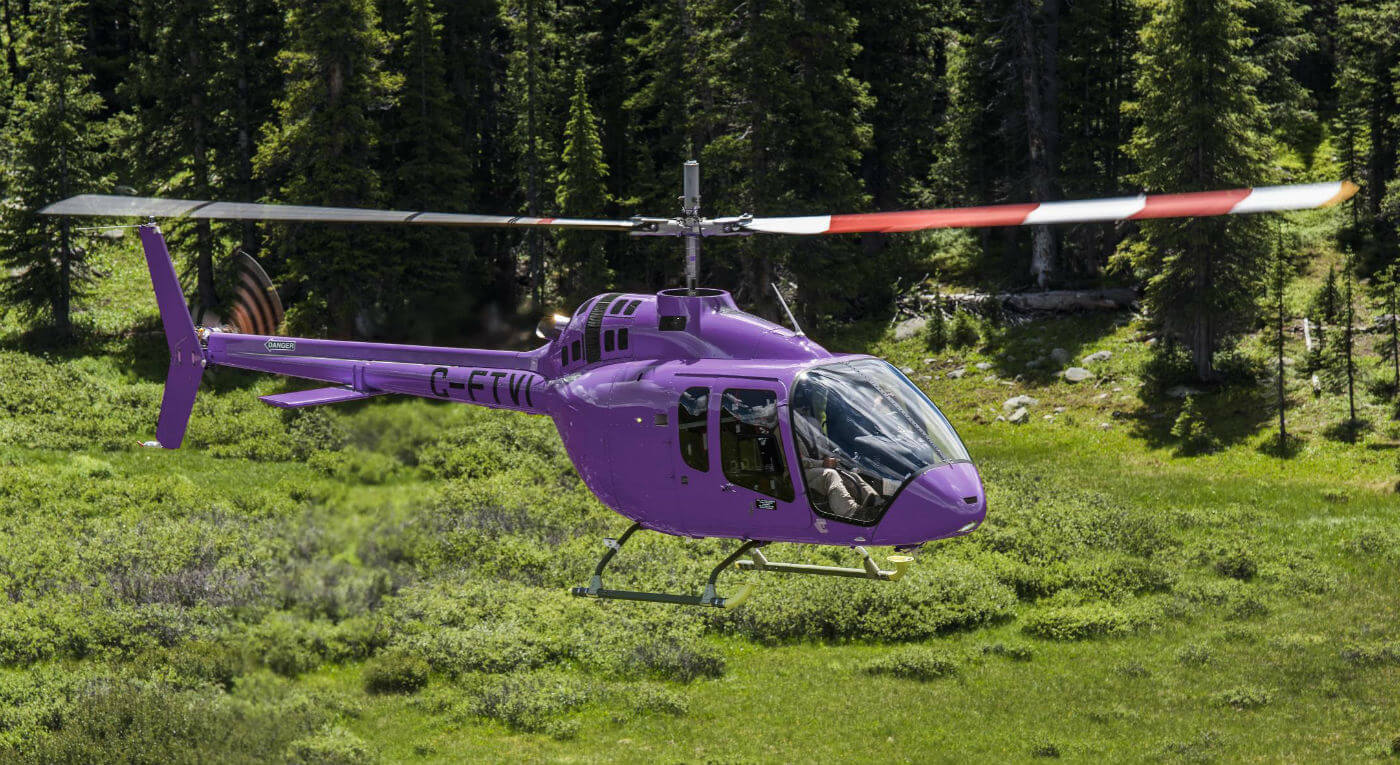Bell Helicopter is gearing up for the 505 Jet Ranger X’s entry into service, with certification for the aircraft’s production and ancillary training services anticipated imminently.

The five-seat short light single-engine aircraft received type certification from Transport Canada on Dec. 21, and approval from the Federal Aviation Administration (FAA) and European Aviation Safety Agency (EASA) is expected to follow “very soon” according to 505 program manager LaShan Bonaparte.
During a media tour of Bell’s facilities in Fort Worth, Texas, on Jan. 30, Bonaparte said Bell was hoping for production certification within the next week, and was planning a production rollout ceremony in Mirabel on Feb. 9. The first production 505 achieved first flight on Jan. 22.
Ultimately, Bell hopes to be able to produce between 150 and 200 505s each year at its facility in Mirabel, Quebec. This year will see an aggressive ramp-up of production with an estimated 75 aircraft leaving the line by the end of 2017, by which point the manufacturer hopes to be at the rate required to produce 150 aircraft annually.
Powered by a single Turbomeca Arrius 2R engine, the Bell 505 fills the void in Bell’s product line that was created when the Bell 206B JetRanger ceased production in 2010. The five-seat Jet Ranger X has a useful load of 1,500 pounds (680 kilograms) and a range of 360 nautical miles (667 kilometers), and features the Garmin G1000H integrated avionics suite.
The aircraft has been certified at a maximum cruise speed of 126 knots and a maximum gross weight of 3,680 pounds (1,669 kilograms) — representing an increase of 30 pounds over the original stated target. The official empty weight has not been finalized, but is expected to by in the range of 2,210 to 2,220 pounds (1,002 to 1,007 kilograms).
The manufacturer has received over 400 letters of intent (LOIs) for the aircraft, and is now in the process of turning those into firm orders, with waves of customers invited to fly the 505 in Canada. According to Bell, the conversion rate from LOIs to orders is around 80 percent.
However, with a substantial number of aircraft on the order books, the lead-time for new orders is likely to be at least two years.
At the same time as it was working on type certification, Bell was also working on kit configurations for the 505. The first kit certified was the corporate configuration, which includes movable leather seats, carpet, a sliding window, dual controls, and an avionics upgrade package that has a terrain awareness and warning system, synthetic vision, traffic advisory system, an emergency locator transmitter, and a radar altimeter.
The second and third 505 prototypes will continue to work on other kit certifications, including a utility configuration that will include a cargo hook, cargo hook mirror, and cargo hook weighing system.
A third party — United Rotorcraft — is developing an emergency medical services configuration for the 505, but according to Bonaparte, no official partnership has been entered between the two parties to provide that as a Bell option.
Training plan in place
The first two production aircraft were due to be delivered to the Bell Training Academy (BTA) in early February (joining the first 505 prototype, which will be used as a maintenance training aid), as the manufacturer prepared to launch its training program.
The field maintenance and avionics training programs will each be two weeks in length, while the pilot course will last one week. All three programs are due to be certified shortly, according to Ray Lamas, general manager of global customer training.
“We’re getting ready to teach our first customers in the 505,” said Lamas. “In pace with customer deliveries, we’ll be getting certifications for both the flight and the technical training.”
Also in place at the BTA is a 505 level 7 flight training device (FTD), which is awaiting the finalization of some of the aircraft’s flight test data before it is certified. Built by fellow Textron company Tru Simulation (which recently completed the Bell 429 Level D full-flight simulator in place at Bell’s facility in Valencia, Spain), the FTD has a cockpit with a few degrees of movement for an enhanced training experience
The 505 uses the same rotor system as the 206L-4 LongRanger — and according to Ralph Gannarelli, the lead 505 training pilot, that legacy is felt in flight.
“It flies a lot like a LongRanger/a JetRanger, there’s really not a lot of difference,” he said. “If you can fly JetRanger or LongRanger you take right to it, without a problem. I was doing full-touchdown autorotations within the first half hour.”
Ganarelli said the power of the Arrius engine was also particularly noteworthy.
“From a pilot’s standpoint, the thing has a tremendous amount of power. I’m very impressed with that. It will be a great high altitude machine,” he said. “It’s like a lightweight L4. It’s got all the power an L4 has, but with a lighter empty weight.”
According to Bonaparte, the base price of the 505 remains around the $1-million mark targeted by former Bell CEO John Garrison when he first announced the aircraft’s development at the Paris Air Show in June 2013.










Base price is 1MUSD, but no aircraft can be purchased below 1.5MUSD